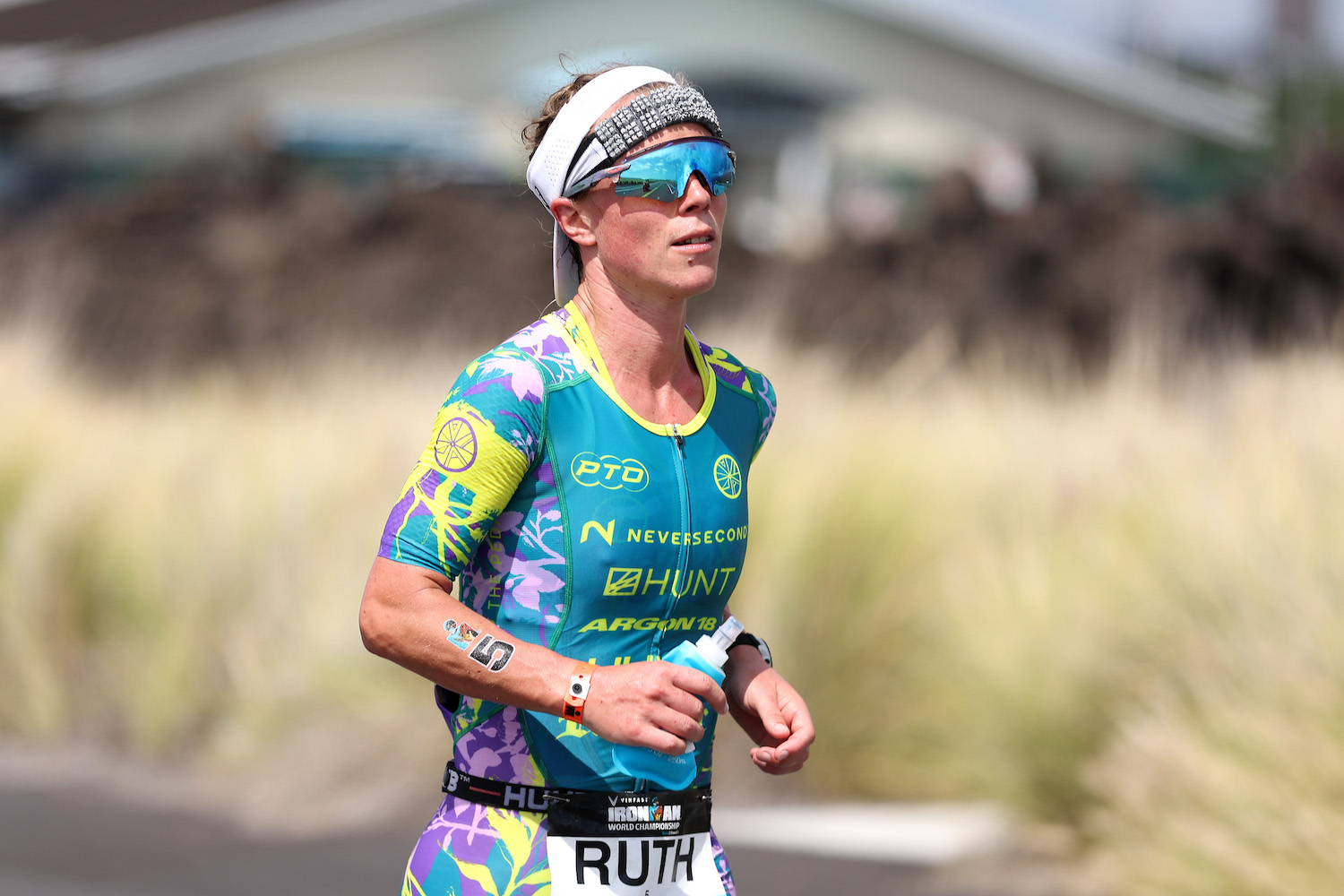What should you look for in an Ironman tri-suit?
If you're going long, the right tri-suit is crucial for your comfort and success as 12+ hours in the wrong suit is a long time! Here's what to look out for...

Comfort and aerodynamics are king when choosing a tri-suit that you could be wearing for 12hrs+. Triathlon suits are complex bits of kit though, and it’s key to know what you’re looking for to find the right suit for you.
When it comes to choosing your next tri-suit, you should be aware of all the key features you need and how to best ensure your comfort and performance. A good tri-suit should fit well, be comfortable over extended periods of time, and cope well in varying conditions. Here’s everything you should look for in an Ironman tri-suit…
A word on aerodynamics

If you’re going longer and aiming for middle-distance/Ironman 70.3 or long-distance/Ironman triathlon this season, aerodynamics and additional comfort will be higher on your list of priorities.
Here, aero gear and a triathlon bike with integrated storage systems will all come into the aerodynamic reckoning. As will your choice of tri-suit.
Wind tunnel data has revealed that a short-sleeved tri-suit, as opposed to a vested suit, can save around a minute for a 90km bike leg, two minutes for a full 180km Ironman bike that, compared to a tri-bike or set of carbon tri-bars, is some of the cheapest speed you can buy.
However, when racing anything up to 8:30hrs at 70.3, or 17hrs at Ironman, suit irritations and poor design choices will also be heightened, so above all make sure the suit fits well and is equipped for longer periods racing.
A word on comfort

As for comfort, the most important question you need to ask is, does it chafe? Granted, this can be hard to tell without giving the suit a spin, yet there are key signs you can look for…
1. Avoid suits with lots of seams or seams in uncomfortable places, as these spots are most likely to rub.
2. Secondly, is the chamois comfortable on the bike? This often comes down to the size and positioning of the padding. Bigger isn’t always better here, as too much padding can make you feel like you’re wearing a nappy and have no marginal benefits on performance.
3. Be sure to take a close look at the fabric, does it wick sweat away well? Watch out for light, breathable materials, which will often require hand washing.
4. Importantly, does it have enough pockets? Pockets mean snacks, and fuel for the ride is essential to avoid that mid-race bonk.
5. An issue many athletes worry about is toilet stops – and if you suffer with small bladder issues then a two-piece suit will certainly make life easier for you. The benefits to a one-piece suit is that it will be more streamlined and you know that it will stay up throughout the race, however with all kit, practise with it in training – lots!
How to pick an Ironman tri-suit

Unsure what suit to wear? First, decide what kind of athlete you are.
Are aerodynamics worth the added costs that come with it if it means scooping the age-group honours?
Or do you just want something comfy and capable of carrying up to 17hrs worth of fuel to the finish line?
Whatever you decide, don’t compromise on your tri-suit. You’ve spent hundreds on race entry and countless hours training, so don’t be influenced by a suit because it’s £25 cheaper or is better looking than the one that really works for you.
That said, you’ll want to look and feel good in your suit of choice for that finish-line photo, so aesthetics do play a role.
If you can’t visit a shop, do an online analysis of pocket and pad sizing, leg-gripper types and study the sizing charts carefully.
See our list of the best tri-suits for more help deciding on the right option for you.



